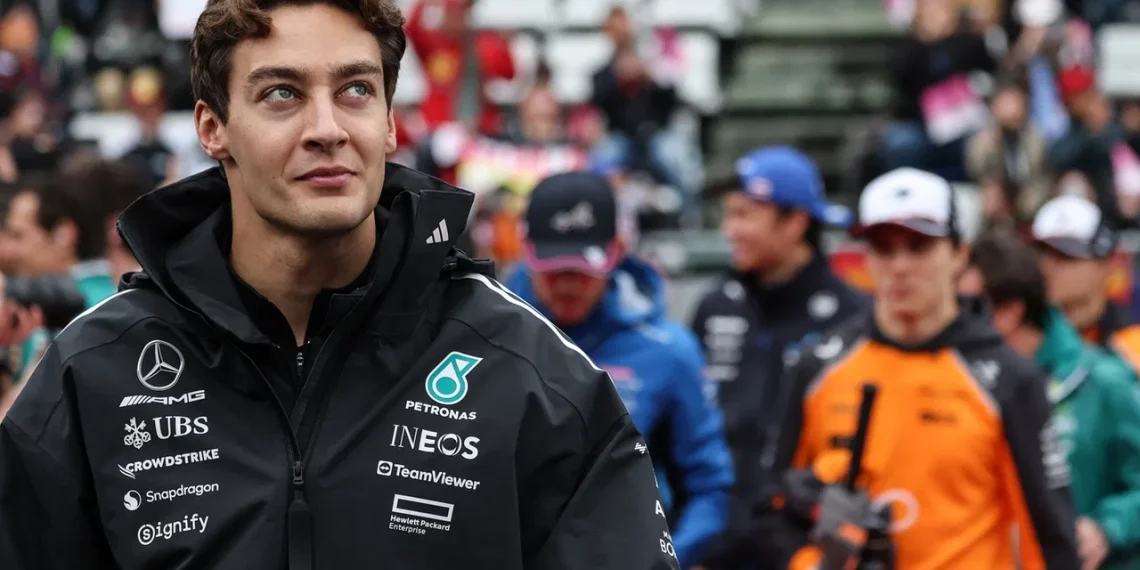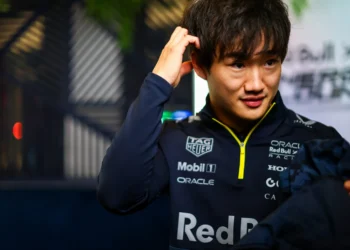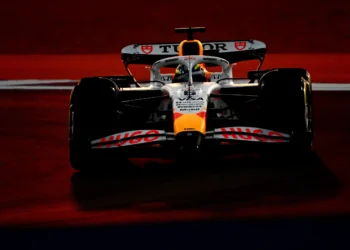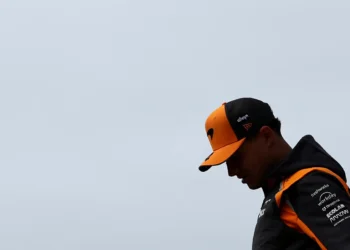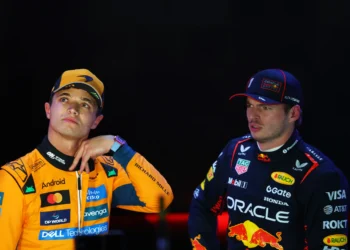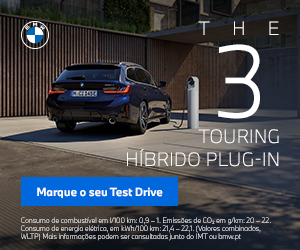In a heart-pounding turn of events, George Russell, the Formula 1 driver, has declared that deactivating the Drag Reduction System (DRS) is just another aspect of the high-stakes job, following Jack Doohan’s terrifying crash at the Japanese Grand Prix. The debate has been ignited on whether an automated DRS system should be implemented after Doohan’s Alpine careened off track when the DRS failed to close.
The crash occurred at Turn 1 during FP2 at the Suzuka circuit, raising concerns about the manual operation of the DRS. Russell, a Mercedes driver, emphasized the importance of driver responsibility, stating that toggling the DRS off is a crucial part of the job and should not be automated. He expressed, “We don’t want it to be automated. We’ve got to leave it down to the drivers. There’s already too many gadgets, assistants.”
On the other side of the debate, Carlos Sainz, also a GPDA Director, voiced strong support for an automated system to prevent safety risks. Sainz highlighted instances where a manual error in DRS operation could lead to dangerous situations, advocating for a more foolproof mechanism.
Meanwhile, Ferrari’s Charles Leclerc took a more balanced stance, suggesting a potential revision of the current DRS system. He hinted at the possibility of utilizing an automated system on more straights to enhance racing opportunities but acknowledged the skill challenge of manual DRS activation.
As the discussion intensifies within the F1 community, the focus remains on finding the optimal balance between driver skill and technological assistance to ensure both safety and competitive racing. The aftermath of Doohan’s crash serves as a stark reminder of the fine margins in Formula 1 and the continuous quest for improved safety measures on the track.

